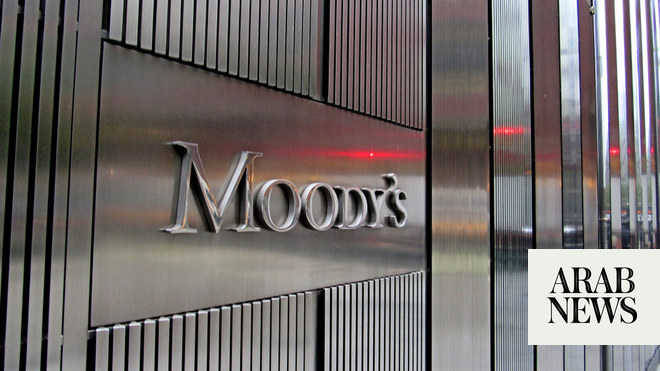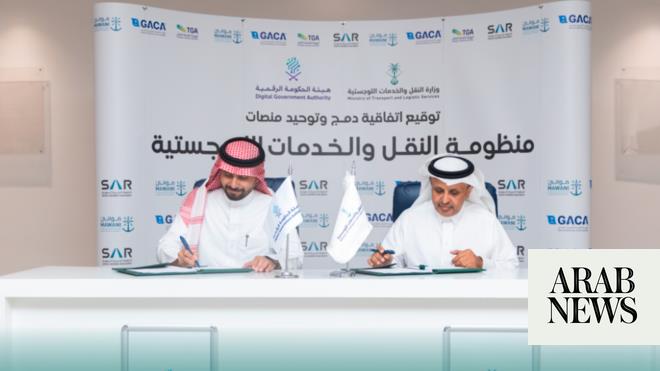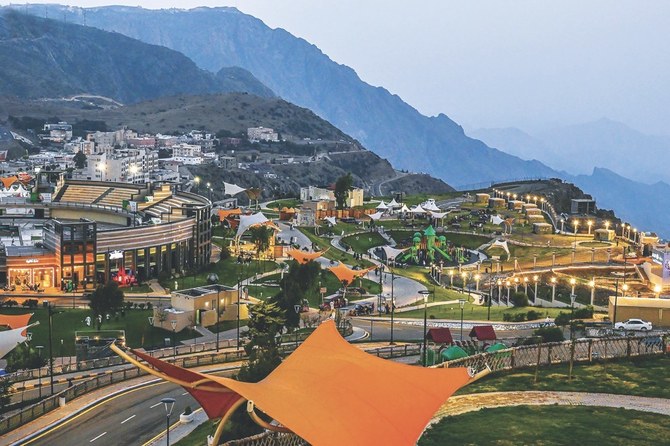
After my introductory article last week, I will start from this week discussing the different pillars of the Kingdom’s logistics sector in more details.
Warehousing is a major and important pillar of the logistics market, and is growing rapidly in the Kingdom. In Saudi Arabia, warehousing is of four types: Dry, frozen, ambient, and hazardous.
Dry warehouse is the most common type. The warehousing segment has witnessed a substantial growth in recent years, expanding from about SR7 billion in 2010 to SR10 billion in 2015. Realizing the region’s potential and the growing importance of trading links, logistics and service companies such as DHL, DB Schenker, Kuehne & Nagel, Lufthansa, Fraport and others, who already have a very strong presence in Saudi Arabia, are further expanding their operations.
As the country has high food import volumes and an arid climate, it becomes vital for it to not only have a robust logistics system but also a warehousing and distribution system. An inadequate number of warehouses and cold storage facilities, at present, results in food wastage, which in turn adversely affects operational efficiency and costs.
Warehousing is an increasingly critical aspect of a business. By managing the flow of goods through the supply chain, one can effectively control costs, limit exposure to overstocked inventory, manage cash flows and also streamline transportation. For small startup companies looking to establish a presence in a strategic market or large companies looking to seize an opportunity in new areas, or any others in between, third-party logistics (3PL) providers give options that allow businesses to scale efficiently.
The 3PL market in Saudi Arabia is expected to expand at a compound annual growth rate (CAGR) of 5.7 percent over 2016-2020. Factors such as enabling cost reduction, availability of specialized service providers, the presence of industrial zones, and increasing industrialization are driving this market.
3PL contributes 7-10 percent of Saudi Arabia’s overall logistics market. The market is characterized by the presence of a large number of unorganized local and international players.
Most of the international companies seeking industrial premises in Saudi Arabia are looking for world-class warehousing space. However, owing to a limited supply of top-notch warehousing facilities, they prefer leasing land and constructing facilities according to their requirements. This hampers the country’s 3PL services industry.
The warehousing market is expected to further grow at 9 percent CAGR to reach a market size of SR16 billion by 2020. Growth in this segment is expected to materialize as a result of increased manufacturing activity, burgeoning international trade, rising domestic consumption and the easing of government regulations. Moreover, the potential future growth of e-commerce will definitely trigger the demand for logistics and warehouse storage in the country.
I believe that strong demand is anticipated for full-fledged integrated distribution centers that include logistics’ facilities, cold storage, dry storage and supporting retail facilities. And so demand for new-generation logistics facilities (built-to-suit) is expected to rise with the emergence of 3PL companies that handle stock distribution for companies with large and sophisticated supply chains.
Basil M.K. Al-Ghalayini is the Chairman and CEO of BMG Financial Group.
Disclaimer: Views expressed by writers in this section are their own and do not necessarily reflect Arab News" point-of-view












